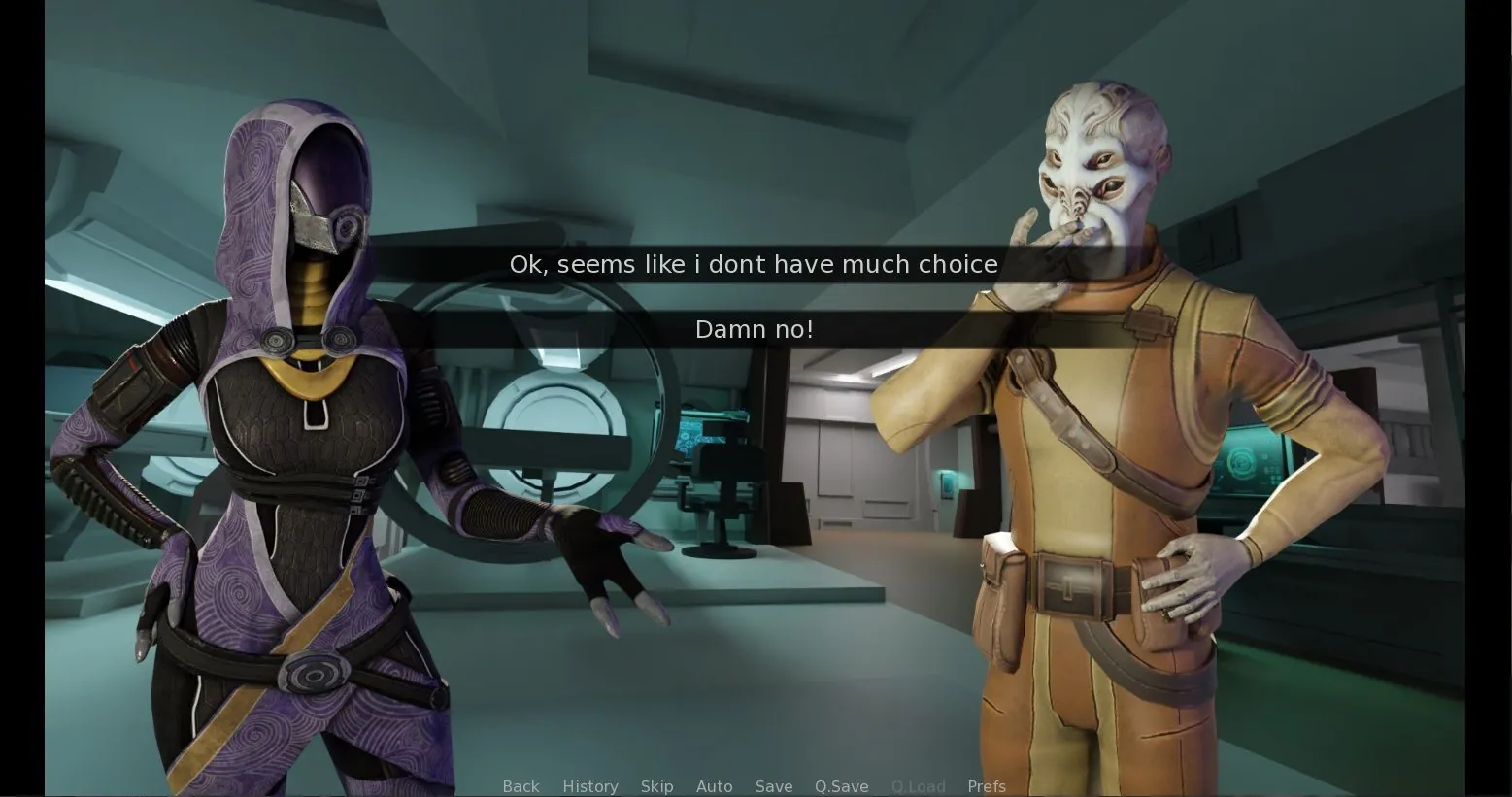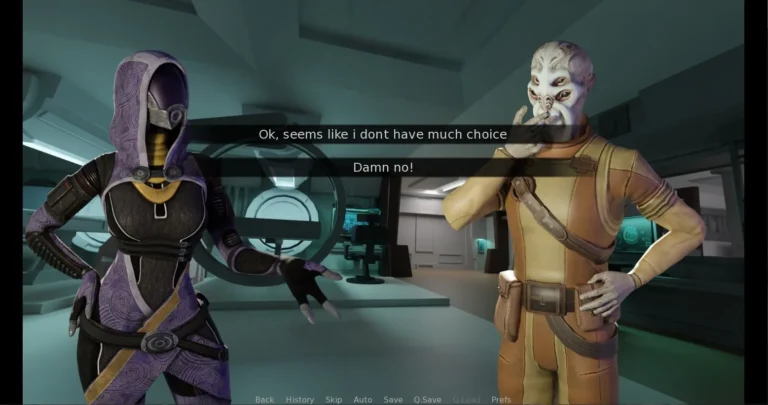
The Pilgrimage
Play The Pilgrimage
The Pilgrimage review
Exploring the narrative, mechanics, and unique appeal of The Pilgrimage interactive experience
The Pilgrimage is an interactive narrative experience that has captured attention for its mature themes and distinctive approach to storytelling. Unlike traditional games in its category, it blends choice-driven gameplay with a rich, evolving story that reacts to player decisions. In this article, we’ll take a deep dive into what makes The Pilgrimage unique—its setting, characters, gameplay mechanics, and the emotional journey it offers. Whether you’re curious about the story, the mechanics, or how your choices shape the experience, this guide covers everything you need to know before embarking on your own Pilgrimage.
The World and Story of The Pilgrimage
A Setting Unlike Any Other 🌄
Step into The Pilgrimage setting and you’ll immediately feel like you’ve entered another world—one that’s both hauntingly beautiful and deeply unsettling. I remember my first moments playing, just staring at the screen in awe as my character stood before the Crumbling Cathedral, its spires piercing a sky permanently stained with hues of amber and violet. This isn’t your typical post-apocalyptic wasteland; it’s a world where nature has begun reclaiming civilization in the most surreal ways possible.
The Pilgrimage setting creates an atmosphere that stays with you long after you’ve put down the controller. You’ll wander through forests where trees grow through abandoned cars, their branches intertwining with rusted metal. You’ll explore cities slowly being swallowed by crystalline formations that glow with an eerie inner light. What makes this world so compelling is how it balances desolation and hope—yes, civilization has fallen, but life persists in unexpected and often beautiful ways.
The environmental storytelling here is masterful. You don’t need lengthy exposition to understand what happened—the world itself tells The Pilgrimage story. Finding a child’s drawing tucked inside an abandoned shelter or discovering makeshift graves marked with personal mementos creates moments of quiet reflection that hit harder than any cutscene could. These subtle details make the world feel lived-in and real, despite its fantastical elements.
Weather and time of day play crucial roles in shaping your experience. I’ll never forget getting caught in one of the game’s “memory storms”—sudden downpours that trigger ghostly echoes of past events. During one storm, I witnessed the phantom images of a family’s final moments before the cataclysm, and it completely changed how I understood the world’s history. The dynamic day-night cycle doesn’t just look pretty; it affects which paths are accessible and which creatures you might encounter.
Pro Tip: Always carry glow-moss when exploring ruins—it reacts to nearby danger by pulsing with light, potentially saving you from ambushes in dark spaces! 🔦
Characters That Drive the Narrative 👥
The Pilgrimage characters aren’t just companions on your journey—they are the heart and soul of the experience. Each character you meet carries their own scars from the world that was, and their personal journeys intertwine with yours in meaningful ways. I formed such strong connections with these digital people that I found myself thinking about their fates even when I wasn’t playing.
Take Elara, the historian who joins your pilgrimage early on. She’s not just there to spout lore—her knowledge of the old world directly influences how you interpret the ruins you explore. During one playthrough, I watched her have a complete emotional breakdown when we discovered the library where she used to study, now open to the elements and home only to birds and creeping vines. Moments like these give The Pilgrimage characters incredible depth and humanity.
The relationships between characters feel authentic and evolve based on your actions. Kaelen, the pragmatic survivalist, might initially distrust Elara’s sentimentality, but I was able to help them find common ground by choosing dialogue options that highlighted their shared concern for protecting what remains of humanity. These developing relationships aren’t just for show—they directly impact what resources become available and which story paths open up to you.
| Character | Role | Key Motivation |
|---|---|---|
| Elara | Historian & Guide | Preserving knowledge of the lost civilization |
| Kaelen | Survival Expert | Protecting the remaining communities |
| Rhys | Mystic Visionary | Understanding the spiritual significance of the cataclysm |
| Maya | Young Scavenger | Finding her missing family |
What makes The Pilgrimage characters so memorable is how their personal growth mirrors the player’s journey. Rhys, the mystic who sees visions of possible futures, started as someone I found irritatingly cryptic. But as I learned to interpret his warnings and saw how his visions often saved our group from disaster, I began to appreciate his unique perspective. This character development happens organically through gameplay rather than forced cutscenes.
How Choices Shape the Journey 🛤️
Player choices in The Pilgrimage aren’t the typical “good vs evil” binary we see in so many games. Instead, you’re constantly making decisions about what to preserve, who to trust, and how to interpret the fragments of the past you discover. I learned this the hard way during my first playthrough when I chose to destroy what I thought was a dangerous relic—only to realize later I had erased crucial knowledge that could have helped rebuild society.
The branching narrative system is incredibly sophisticated. Early on, you’ll encounter a group of survivors debating whether to restore an old water purification system or continue their nomadic lifestyle. Player choices in The Pilgrimage here don’t just determine immediate outcomes—they set your entire playthrough on different thematic paths. Choosing restoration might lead to stories about rebuilding civilization, while supporting nomadism could explore themes of freedom versus security.
The Pilgrimage narrative remembers everything. During one session, I made what seemed like a minor decision to share supplies with a stranger. Hours later, that same character reappeared with crucial information that helped me avoid a deadly confrontation. This attention to consequence makes every choice feel meaningful and encourages multiple playthroughs to see how different decisions reshape The Pilgrimage story.
Remember: There are no “right” answers in The Pilgrimage—only choices that align with your personal interpretation of what matters most in this broken world. 💭
The game excels at creating moral dilemmas without obvious solutions. In one particularly memorable branch, I had to decide whether to divert our group’s limited resources to save a dying community or continue toward our primary objective. The game doesn’t judge your decision—it simply shows you the consequences through The Pilgrimage emotional journey. When I chose to help the community, we lost precious time and one of our companions grew disillusioned with my leadership, eventually leaving our group.
Example: The River Crossing Dilemma
- Situation: Your group reaches a treacherous river crossing. You have limited time before a storm hits.
- Choice A: Use your ropes and climbing gear to create a safe passage (consumes resources, takes longer)
- Choice B: Risk swimming across (faster, but potentially deadly)
- Consequence A: You save everyone but arrive exhausted at the next location, missing opportunities for exploration
- Consequence B: Two characters drown, but you arrive rested and can fully explore the next area, discovering crucial story information
This example shows how player choices in The Pilgrimage create meaningful trade-offs rather than simple right/wrong outcomes. The resources you conserve or lose, the information you gain or miss, and the relationships that strengthen or fracture—all these elements weave together to create your unique version of The Pilgrimage narrative.
The Pilgrimage themes of sacrifice, memory, and what it means to be human emerge naturally from these decision points. I found myself reflecting on my own values as I played, particularly when faced with choices about how much of the past we should carry into the future. Should we cling to what was lost, or embrace the new world that’s emerging? The Pilgrimage doesn’t provide easy answers, but it creates a space for you to explore these profound questions through interactive storytelling.
What makes The Pilgrimage emotional journey so powerful is how it connects these grand themes to intimate character moments. Watching Maya find closure about her family’s fate, or helping Kaelen overcome his trauma from losing his previous community—these personal arcs hit hard because you’ve actively participated in shaping them through your choices. The game understands that the most compelling stories aren’t just about saving the world; they’re about the people you meet along the way and how you change each other.
The beauty of The Pilgrimage narrative lies in its refusal to provide neat resolutions. Even after multiple playthroughs, I’m still discovering new story branches and character interactions that challenge my understanding of this rich, complicated world. It’s a game that stays with you, encouraging reflection not just on the choices you made in the game, but what those decisions reveal about your own perspectives on loss, hope, and what we owe to each other in difficult times.
The Pilgrimage stands out as a deeply interactive narrative experience, offering players a chance to shape a story rich with emotion, consequence, and personal discovery. From its distinctive setting and memorable characters to its innovative gameplay mechanics and responsive development, it’s clear why this title has resonated with so many. Whether you’re drawn by the story, the choices, or the community, The Pilgrimage invites you to embark on a journey that’s uniquely your own. Ready to begin? Dive in and see where your decisions take you.














